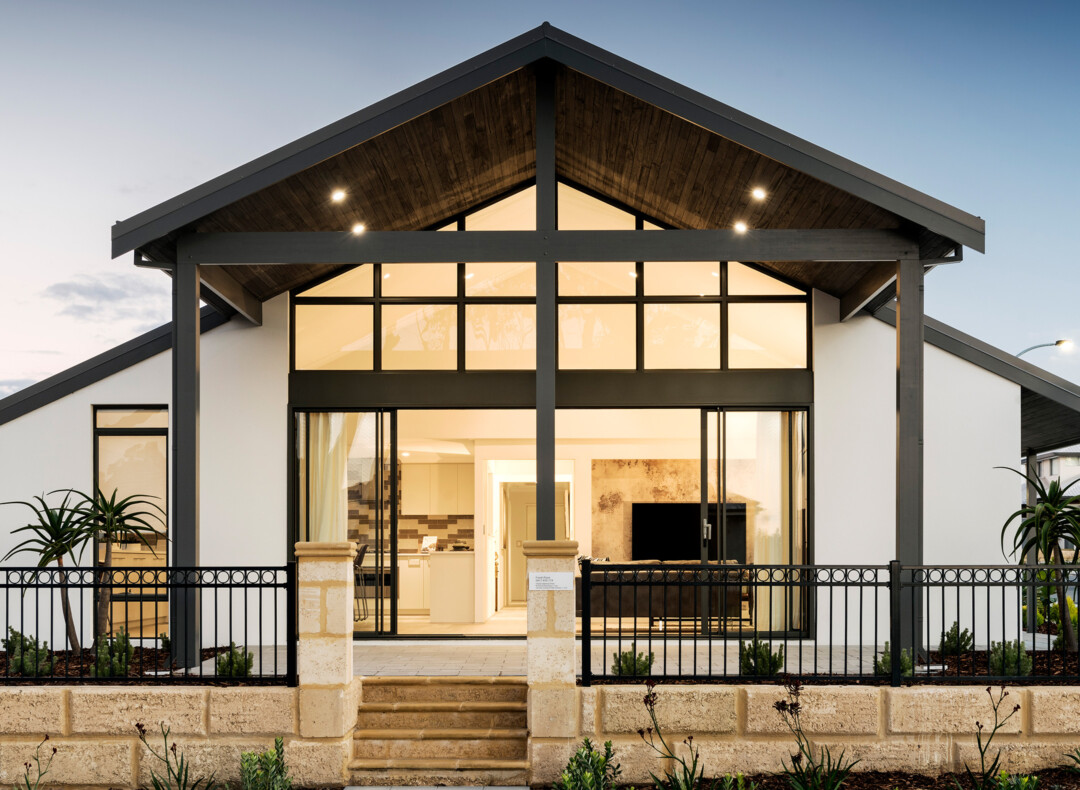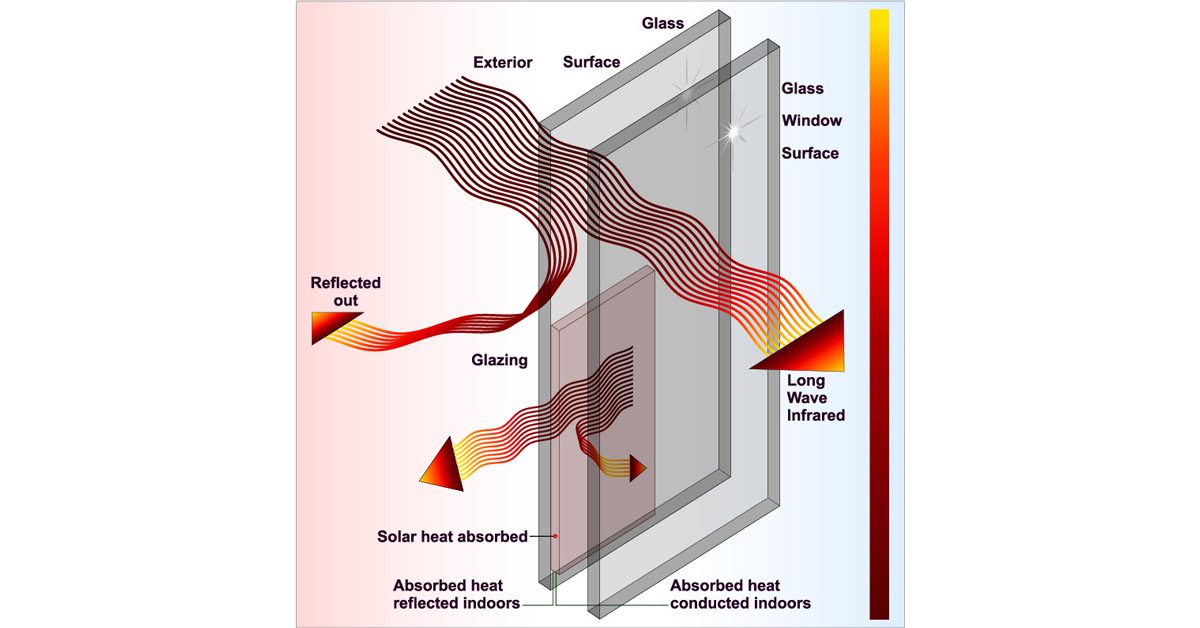All Categories
Featured
Table of Contents
Single Glazed Vs Double Glazed Windows - Ultimate Guide in Samson Western Australia
Laminated glass is typically utilized in locations in the house most susceptible to injury from human effect such as restrooms, doors, around staircases and in locations close to the floor (it satisfies the requirements of 'shatterproof glass' that is mandated for use in these locations by Australian Standard AS 1288 Glass in buildings).
Toughened glass has actually been 'tempered' by being reheated and quickly cooled once again. This process makes it much stronger than standard glass it can resist higher effect loads prior to breaking. It also makes it more secure due to the fact that, when it does shatter, it breaks into lots of little cubic pieces instead of hazardous shards.
Summer Scorcher Predicted, Again! Double Glazed ... in Kenwick Perth
Toughened glass has no thermal or acoustic advantages over other glass of the very same toning or density. Secondary glazing is where single-glazed windows are retrofitted with a transparent acrylic or glass sheet connected to the inside of the frame or openable sash with a secondary frame or with magnetic strips.


Secondary glazing will not carry out too thermally as a produced IGU, since it is impossible to completely seal the border, however it can provide great noise control. Window movies are a thin polymer film including a soaking up dye or reflective metal layer, with an adhesive support. They stay with your glazing to alter its colour or make it reflective.
Glazing And Glass Options - Smarter Homes in Tuart Hill Western Australia
Applied to existing glass, some window films can cut in half the total SHGC of the window by absorbing and/or reflecting solar radiation. This can be especially advantageous in hotter environments where cooling is the primary concern, or on east and west elevations straight exposed to long durations of sunlight. Window films might also decrease visible light transmittance.
For this factor, it is usually best to utilize an accredited installer of window movie. Frames have a considerable effect on the thermal efficiency of windows and doors, since energy can be acquired and lost through the frame, along with through the glass. Different types of frame will allow different levels of heat gain and loss, so careful choice of frame is necessary for efficient passive design.
Carnegie 3163, Vic. Amazing Service By Aps Double Glazing in Dalkeith WA
Aluminium is likewise a very good conductor of heat and will reduce the insulating worth of a glazing unit, unless specifically crafted to reduce this. A 'thermally broken' frame is made up of 2 aluminium sections linked by a structural insulator (normally a low-conductivity structural polymer). This 'breaks' the thermal connection through the aluminium and minimizes the heat flowing through the frame.
Wood frames are a good natural insulator that can suit some home designs. Timber frames must be made from types that have naturally high sturdiness or be treated to prevent decay and deformation.
Double Glazed Windows – Their Amazing Benefits For ... in Byford Perth
Nevertheless, this can result in spaces that allow air seepage unless good draught sealing (weather condition stripping) is set up. u, PVC is a type of plastic (unplasticised polyvinyl chloride, likewise called stiff PVC). u, PVC frames provide exceptional thermal performance, frequently better than wood or thermally damaged aluminium. u, PVC is long lasting and requires extremely little maintenance, and can be moulded into complicated profiles that supply exceptional air seals.
u, PVC windows and doors have exceptional thermal performance Photo: Ben Wrigley (Light Home Architecture and Science) Composite frames use aluminium profiles on the external areas with either a lumber or u, PVC inner area. These combine the low maintenance and durability of aluminium with much improved thermal efficiency.
Table of Contents
Latest Posts
Which Type Of Glass Is Best For Energy Efficiency? - A&l Windows in Medina WA
Double Glazing Versus Secondary Glazing in East Victoria Park Western Australia
A Complete Guide To Double Glazed Windows in Kewdale Perth
More
Latest Posts
Which Type Of Glass Is Best For Energy Efficiency? - A&l Windows in Medina WA
Double Glazing Versus Secondary Glazing in East Victoria Park Western Australia
A Complete Guide To Double Glazed Windows in Kewdale Perth